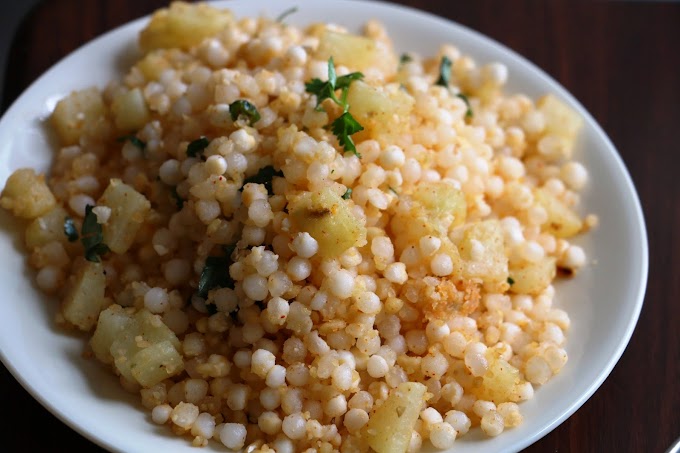We heard about the Tarapith Temple and we agreed to go there the next day by train. No place was reserved, so we find ourselves in the compartment, with no place allocated. I settle on the step of the coach, clinging to the ramp of the door, with legs swinging in the emptiness. It is a normal position, although dangerous in these Indian trains.
We are solicited from all sides by street vendors and beggars. It's not very easy psychologically but it seems that if we can survive this kind of trip we can do almost anything in terms of travel. After a three hour journey, we arrive at Rampurhat. Then we take a rickshaw which brings us to the border of Birbhum and Murshidabad after 8 km, where is this Tarapith temple.
It is a tantric temple, in the park of which are carried out rites of cremation peculiar to this religion. This temple is dedicated to the goddess Tara, formidable tantric aspect of the Divine Mother, of which it constitutes the most important worship center.

In India, Tara is one of the ten mahavidyas and is associated with cremations. She is nowadays a form of Kali, the destructive and creative mother goddess. She is portrayed naked, her gaze fierce and her tongue drawn, wearing a long necklace sometimes descending to the knees, composed of human skulls, dancing on Shiva's body, which in a corpse position claims its indulgence. Her necklace composed of skulls represents the 51 letters of Sanskrit.
It is a place of pilgrimage where thousands of devotees flock every day. This temple follows tantric rules. Many sadhus live here, with long hair, dressed in red robes, who are in search of alms. Many small shops sell religious objects, images of Tara, Mahakali and even Bamakhepa, the crazy saint who made this place a place of worship at the end of the 19th century.
Tarapith is a red temple, like Kali, who is represented on a silver background, mouth wide open red, drunk with blood, tongue drawn. We had to take off our shoes to see the small bungalows inhabited by these sadhus. We arrived at the place of cremation. It is one of the rites peculiar to this tantric temple.
We make a long journey back. The countryside is beautiful, with rice fields stretching off in the heat haze, the peasants cutting the rice stalks, gathering them in boots. The town is extremely pleasant. It is full of greenery, not too crowded, with a lot of space. It made me feel good to change the environment. After the hustle and bustle of Durga Puja a little calmness was not bad.
I cross small villages with earthen streets, houses with thatched roofs. The streets overflow with cows, buffaloes, goats, sheep, chickens, ducks, pigs and dogs. The streets of the village are swept. Cow dung turned into patties, which will serve as fuel, dry on the trunks of trees and on the walls of houses. Children on bicycles four times too big for them run quickly through the houses, while others play with black balls.
A little boy runs around brandishing a paper kite. Men are arguing in front of the houses. A woman smears the outside wall of her cow dung house. Most of the houses are nicely painted, with blue, white and ocher stripes, or multicolored friezes.
We are finally at our destination. My accommodation conditions are much less spartan. Our hosts are waiting for us and have reserved a delicious Indian meal, full of flavors and colors!
Then the master of the house, gives us a little sitar concert, accompanied by tablas, kinds of small drums that punctuate the music. This is a pretty trying day, but it's a ransom for interesting trips.









